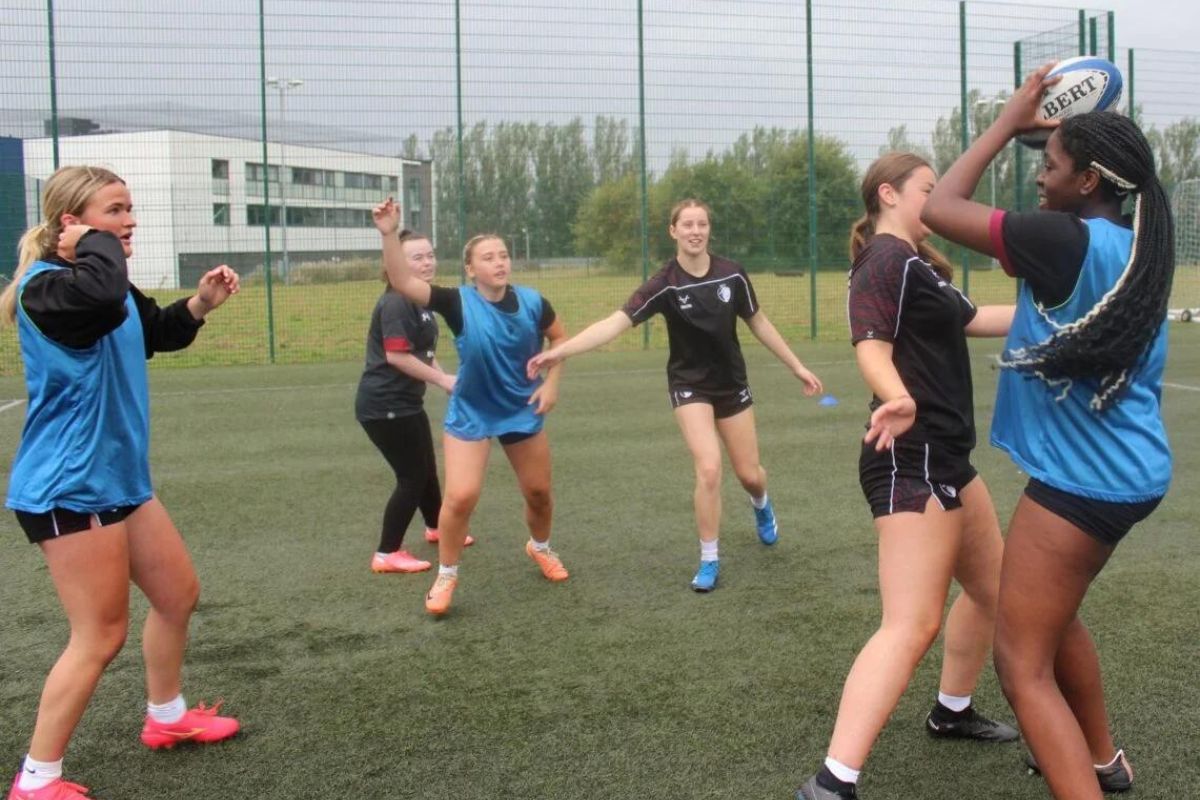AI will help, not hinder, education, we just need to trust its potential

GoStudent believes technology is key to unlocking potential: Not only that of students, but also for helping us understand how we can change the ways we teach and learn for the better. Gregor Müller, digs into the work GoStudent is already doing, and the company’s vision for the future.
There’s been a lot of buzz about artificial intelligence (AI) lately. It’s a topic that’s been making headlines and causing much debate – particularly with the emergence of ChatGPT. So much has been made of this innovation, that it’s easy to forget AI technology has been in use for years, and EdTech companies have, for a long time, seen its potential.
The potential of AI
In the UK, most educators will be familiar with Seneca. It’s used by more than 10 million students. Fundamentally, Seneca is an AI-powered tool. It uses smart learning algorithms to enable students to engage with study content in the way that best-suits them. If the student gets a question wrong, Seneca will show them the content again, but in a different format and, based on learned patterns, at a time when it’s optimal for the student to learn it. Seneca’s method is proven to make students understand topics twice as quickly, compared to when using traditional learning methods, such as revision guides.
Using AI to better understand what the ideal learning environment looks like
At GoStudent, we offer 1:1 tutoring to school-aged students and, when exploring how to optimise student-tutor pairing, we used AI to better understand what the ideal learning environment looks like.
We carried out a number of studies using the intelligent emotion tracking tool, iMotions, which measures 32 points on the face in order to analyse emotions. This allowed us to see which emotions are prevalent in the classroom, how they correlate between tutors and students, and which emotions can be beneficial for a successful learning environment.
Across over 900 tutoring sessions the following factors were examined: Tutor emotions, length of the session, time in the day that the session took place, length of the collaboration between tutor and a student, and the subject taught.
What we found was that the positive emotions of the tutor correlated with those of the student, and that “joy” was the most prevalent emotion during the sessions. Additionally, the best time of the day to hold an online tutoring session is between 1pm – 3pm, as opposed to 4pm – 7pm when attention spans were lower, and the most productive sessions were when the speaking time of the tutor was similar to the student’s.
Ensuring the best learning outcomes for the student
In both these instances, AI is clearly being used as a force for good: It is ensuring the best learning outcomes for the student. What has become difficult lately, though, is the broad use of ChatGPT. It is harder to see the positives clearly when there is so much discussion around how it can be used to eradicate jobs or allow cheating.
Despite this fearmongering, our GoStudent Future of Education Report revealed that 59% of children want to see advanced tech on the curriculum within the next five years, acknowledging that we face an increasingly digital future.
How can the technology can be harnessed responsibly?
Given this clear demand, my argument is that we, as EdTech innovators, need to continue to show how the technology can be harnessed responsibly. Yes, it is becoming smarter, so how can we use this technology to make the role of teachers easier? How can we evolve the ways we measure learning success to accommodate these new technologies? How do we ensure we don’t lose sight of how vital the human element of education is?
For me, the answer is simple: We must evolve with technology, not against it. Instead of banning AI tools, we need to educate kids on how to use them safely and responsibly, and we need to rethink how we measure learning outcomes in a tech-first world. Sure, a student could use ChatGPT to write an essay for them on how to set up a lemonade stand, but they could also use ChatGPT to learn how to establish that business, and we then measure success based on how well that student applies their new skills.
Technology will never replace human teachers
We also need to keep in mind that technology will never replace human teachers. At school, kids meet their first role models and heroes: we almost all have that one teacher that we remember fondly, that helped shape us. These things matter, and we know from looking at our data, when we get the student tutor match right on our platform, the customer stays with us for years because of the bond formed. Because of this, we will never look to replace tutors, but we will explore how AI can be used to streamline admin processes – like lesson planning – for them, so they have more time to do what is unique to us as humans: building meaningful connections.
When it comes to AI, the reality is it’s here, and it’s here to stay. What is important is that we use it in the right way. Together, as EdTech innovators and education providers, we have a responsibility to ensure it is integrated into education in a way that makes sense for those it will serve. The discussion we need to be having is not ‘is AI damaging to education’, it is ‘what role can AI play in making education better’.

FE News on the go…
Welcome to FE News on the go, the podcast that delivers exclusive articles from the world of further education straight to your ears.
We are experimenting with Artificial Intelligence to make our exclusive articles even more accessible while also automating the process for our team of project managers.
In each episode, our thought leaders and sector influencers will delve into the most pressing issues facing the FE sector, offering their insights and analysis on the latest news, trends, and developments.











Responses